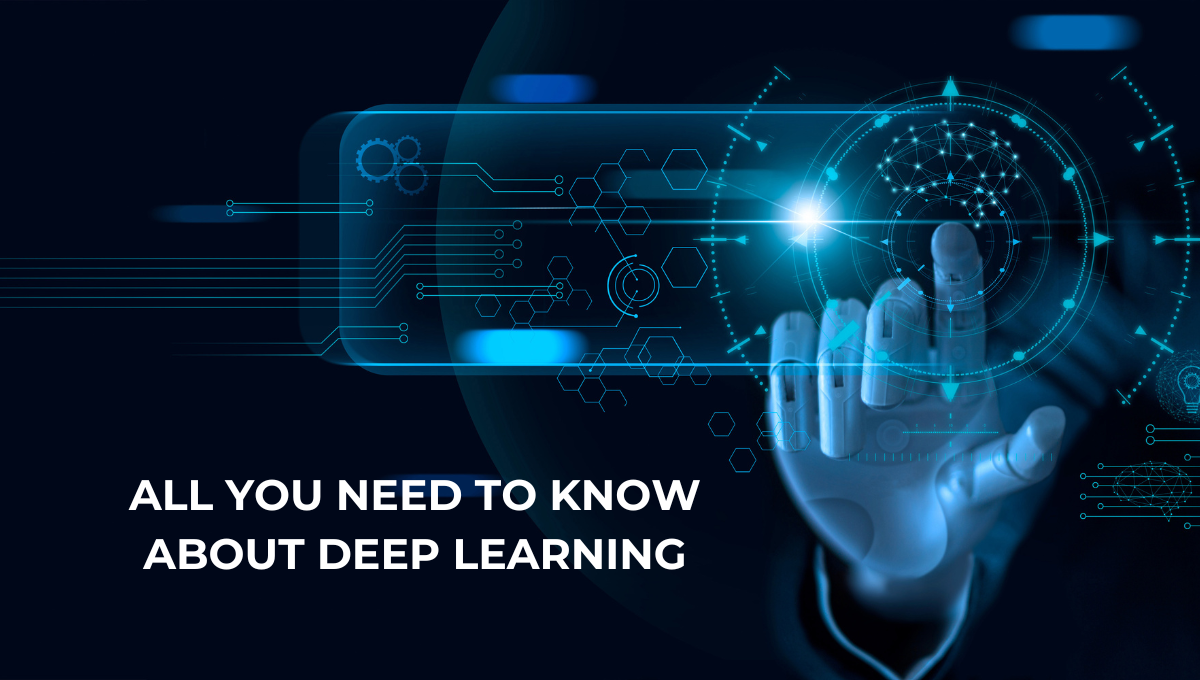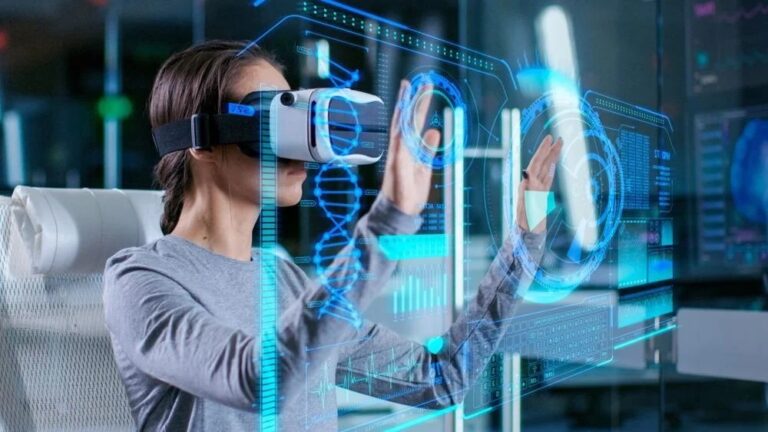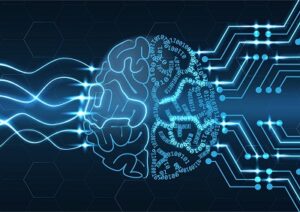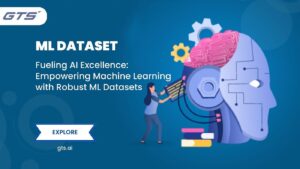Deep learning is a rapidly evolving field with applications spreading across various sectors. As the technology continues to advance, it’s shaping new possibilities and driving innovation in ways that were previously unimaginable. Here’s a deeper dive into additional areas where deep learning is making significant contributions.
Deep Learning in Environmental Conservation
- Wildlife Monitoring:
- Species Identification: Deep learning models analyze camera trap images to identify and count wildlife species, track their movements, and monitor their behavior. This helps in understanding population dynamics and conserving endangered species.
- Habitat Mapping: AI processes satellite imagery and environmental data to map habitats and detect changes over time, aiding in habitat conservation and restoration efforts.
- Climate Change Analysis:
- Weather Prediction: Deep learning models improve weather forecasting by analyzing large datasets from satellites, weather stations, and climate models. Enhanced predictions support better preparedness for extreme weather events.
- Carbon Emission Tracking: AI analyzes satellite data to monitor greenhouse gas emissions, track deforestation, and assess the effectiveness of carbon reduction initiatives.
Deep Learning in Telecommunications
- Network Optimization:
- Traffic Management: Deep learning models optimize network traffic by predicting peak usage times and adjusting bandwidth allocation dynamically, enhancing network efficiency and user experience.
- Fault Detection: AI detects anomalies and potential network faults by analyzing real-time data from network equipment, enabling faster resolution and reducing downtime.
- Signal Processing:
- Enhanced Communication: Deep learning improves signal processing for clearer and more reliable communication by reducing noise, correcting signal distortions, and enhancing data transmission quality.
- Spectrum Management: AI optimizes spectrum usage by analyzing radio frequency data, predicting demand, and minimizing interference, improving the overall efficiency of wireless communications.
Deep Learning in Education
- Personalized Learning:
- Adaptive Learning Platforms: Deep learning models create personalized learning experiences by analyzing student performance data, identifying strengths and weaknesses, and tailoring educational content to individual needs.
- Automated Tutoring: AI-powered tutoring systems provide personalized support and feedback to students, helping them with problem-solving and understanding complex concepts in various subjects.
- Educational Content Creation:
- Content Generation: Deep learning assists in generating educational materials, such as quizzes, summaries, and instructional videos, based on curriculum requirements and student needs, streamlining content development.
- Language Translation: AI translates educational content into multiple languages, making learning resources accessible to a broader audience and supporting multilingual education.
Deep Learning in Transportation
- Autonomous Vehicles:
- Self-Driving Cars: Deep learning enables autonomous vehicles to perceive their environment, make driving decisions, and navigate safely by analyzing data from sensors, cameras, and lidar systems.
- Traffic Management Systems: AI optimizes traffic flow by analyzing data from smart sensors and traffic cameras, coordinating traffic lights, and managing congestion in urban areas.
- Fleet Management:
- Route Optimization: Deep learning models optimize routes for logistics and transportation fleets by analyzing traffic patterns, weather conditions, and delivery schedules, reducing fuel consumption and improving efficiency.
- Predictive Maintenance: AI predicts vehicle maintenance needs by analyzing data from sensors and historical maintenance records, preventing breakdowns and extending vehicle lifespan.
Deep Learning in Energy Sector
- Energy Efficiency:
- Smart Grids: AI optimizes energy distribution and consumption in smart grids by analyzing data from sensors and predicting demand patterns, leading to more efficient energy use and reduced costs.
- Renewable Energy Integration: Deep learning models predict the availability of renewable energy sources, such as wind and solar, and optimize their integration into the energy grid.
- Energy Management Systems:
- Building Energy Management: AI improves building energy management by analyzing data from sensors and controlling HVAC systems, lighting, and other energy-consuming devices to reduce energy consumption and costs.
- Demand Response: Deep learning optimizes demand response strategies by predicting energy usage patterns and adjusting energy consumption during peak periods, contributing to grid stability and efficiency.
Deep Learning in Social Media
- Content Moderation:
- Automatic Filtering: Deep learning models analyze user-generated content to detect and filter inappropriate or harmful material, ensuring compliance with community guidelines and enhancing user safety.
- Sentiment Analysis: AI analyzes social media posts to gauge public sentiment on various topics, providing insights for brand management, marketing strategies, and public relations.
- Influencer Marketing:
- Influencer Identification: Deep learning identifies and evaluates potential influencers by analyzing their social media activity, engagement metrics, and audience demographics, aiding brands in selecting effective partners for marketing campaigns.
- Campaign Effectiveness: AI measures the impact of influencer marketing campaigns by analyzing engagement data, conversions, and return on investment, helping brands optimize their marketing efforts.
Deep Learning in Robotics and Automation
- Industrial Robots:
- Quality Control: AI-powered robots perform quality control tasks by inspecting products for defects and anomalies using computer vision, ensuring high manufacturing standards and reducing waste.
- Collaborative Robots (Cobots): Deep learning enables collaborative robots to work alongside humans in manufacturing environments, assisting with tasks such as assembly, packaging, and material handling.
- Home Automation:
- Smart Home Devices: Deep learning enhances smart home devices, such as voice assistants and security systems, by improving natural language understanding, object recognition, and predictive capabilities.
- Personal Assistants: AI-powered personal assistants manage daily tasks, such as scheduling, reminders, and home automation, providing convenience and improving overall quality of life.
Deep Learning in Financial Services
- Algorithmic Trading:
- Market Prediction: Deep learning models predict market trends and price movements by analyzing historical data, news, and social media sentiment, enabling more informed trading decisions.
- High-Frequency Trading: AI algorithms execute high-frequency trades with millisecond precision, capitalizing on small price fluctuations and optimizing trading strategies.
- Risk Management:
- Credit Scoring: AI enhances credit scoring models by analyzing a wide range of financial data, including transaction history and social behavior, to assess creditworthiness and reduce risk.
- Fraud Prevention: Deep learning models detect fraudulent transactions and activities by analyzing patterns and anomalies in transaction data, improving security and reducing financial losses.
Conclusion
Deep learning continues to drive innovation across a diverse range of fields, from environmental conservation and telecommunications to education, transportation, energy, social media, robotics, and financial services. Its ability to analyze large datasets, recognize patterns, and make predictive insights is reshaping industries and creating new opportunities for efficiency and improvement. As the technology advances, addressing ethical concerns, ensuring fairness, and fostering transparency will be crucial in maximizing its benefits and achieving a positive impact on society. The future of deep learning holds exciting potential, offering transformative solutions to some of the most pressing challenges and paving the way for a more connected and intelligent world.
4o mini





+ There are no comments
Add yours